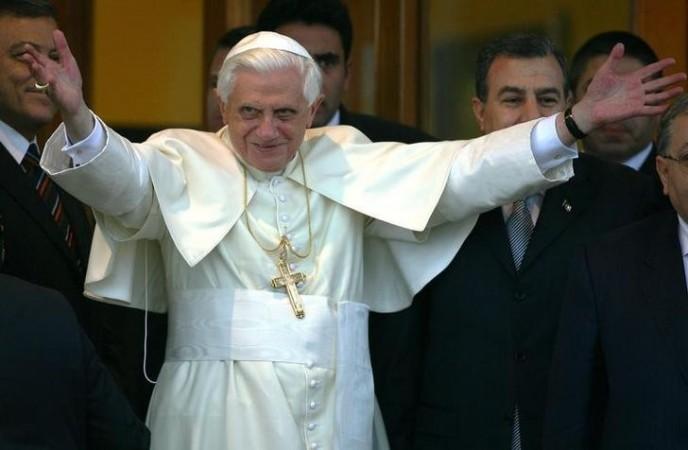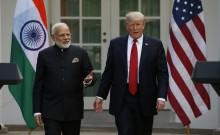
Pope Benedict XVI, who headed 1.2 billion Catholics for eight years after succeeding John Paul II in 2005, might have shocked many by announcing his resignation from the papal office but he is not the only Pope to resign in the history of the church.
More than 260 men have reigned as Pope since Saint Peter was martyred in Rome in the third decade after the death of Christ, and at least four of them have resigned, reported Vatican Radio.
The 85-year-old Pope Benedict XVI (Cardinal Joseph Ratzinger) on Monday announced that he would resign as the Bishop of Rome on Feb 28 citing his age and bad health.
"After having repeatedly examined my conscience before God, I have come to the certainty that my strengths, due to an advanced age, are no longer suited to an adequate exercise of the Petrine ministry," said Pope Benedict XVI in a statement published by Vatican Radio.
He is the first papal to resign in nearly 600 years.
Doctor Donald Prudlo, Associate Professor of History at Jacksonville State University in Alabama, told Vatican Radio that at least four popes have resigned in the history of the Catholic Church.
"The last Pope to resign was almost six hundred years ago. It was Pope Gregory XII, who, in a very sacrificial gesture offered to resign so that the council of Constance could assume his power and appoint a new Pope, and in so doing bring an end Great Western Schism," Prudlo told Vatican Radio in an interview.
"....as early as 235 we have evidence of the possibility of Popes resigning for the good of the church," he added.
Pope Benedict XVI will officially step down as the Bishop of Rome and bid farewell to his followers in St Peter's Square on Feb 27.
The Vatican said that a new Pope is expected to be elected before Easter.
How is Bishop of Rome Selected?
Any Catholic man can be elected as the pope under canon Law. However, one of the cardinals had been elected as the pope since 1522. If a non-bishop were to be elected, he has to be ordaimed a bishop first, as he has to be the Bishop of Rome.
Cardinals from around the world will elect the next Pope, who will head the Catholic Church. They meet in conclave to elect a new pope 15 days after a pope dies or resigns, and are not allowed to have any contact with the outside world during papal elections.
Pope John Paul II set the following the procedures for electing his successor in the Apostolic Constitution Universi Dominici Gregis.
1) The Cardinals, who have not reached the age of 80 at the time the Apostolic See becomes vacant, can vote for the new pope.
2) The maximum number of Cardinal electors must not exceed 120.
3) Two thirds of the votes are required for the valid election of the Roman Pontiff. Should it be impossible to divide the number of Cardinals present into three equal parts, for the validity of the election of the Supreme Pontiff one additional vote is required.
4) The cardinals can choose a new pope through a simple majority (50% plus one) if they can select withing 12 to 13 days.
Once majority vote has been reached and the pope-elect accepts the nomination, his pontification begins from that moment and ends with only death or resignation.








